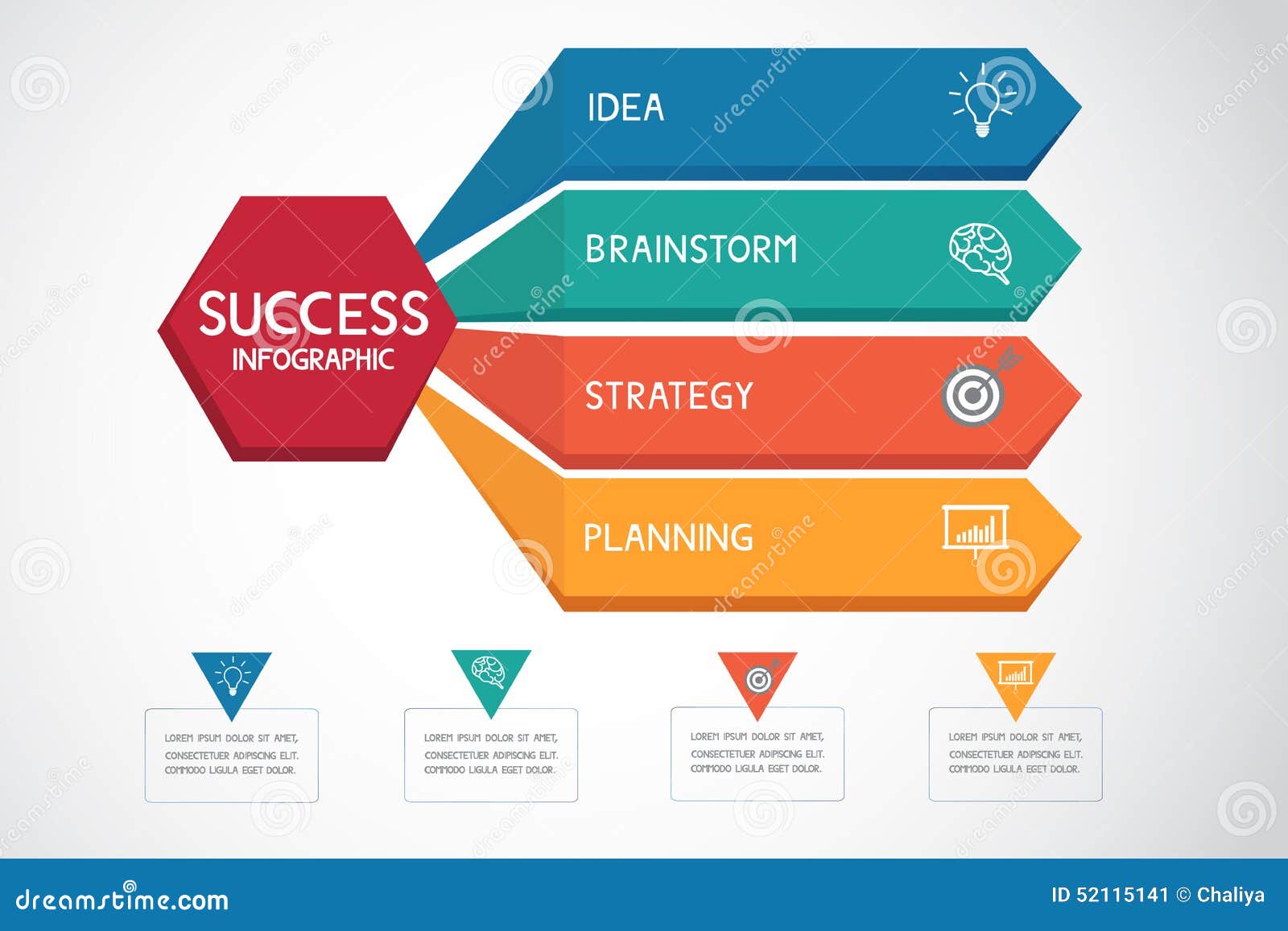Eager To Uncover Exactly How Website Style Has Transformed Gradually? Dive Into The Evolution From Simplicity To User-Focused Experiences
Eager To Uncover Exactly How Website Style Has Transformed Gradually? Dive Into The Evolution From Simplicity To User-Focused Experiences
Blog Article
Uploaded By-Kinney Dalby
In the past, websites were simple and concentrated on information. Navigation was straight, and style was for desktops. Currently, customer experience is key. Information overviews designs for very easy navigation. Responsive layouts suit different tools. Today, dark mode decreases strain, and minimal menus improve navigation. Interactive attributes involve users, and strong visuals stand out. AI integration increases involvement. See just how style has actually advanced to enhance your online journey.
Early Days of Website Design
In the very early days of web design, simpleness reigned supreme. Web sites were standard, with restricted shades, font styles, and designs. The focus was on supplying information instead of showy visuals. Customers accessed the web via slow-moving dial-up links, so rate and capability were crucial.
Navigating food selections were straightforward, normally located at the top or side of the web page. Internet sites were created for computer, as mobile browsing wasn't yet prevalent. Material was king, and designers prioritized easy readability over complex design aspects.
HTML was the key coding language made use of, and designers had to work within its restrictions. Animations and interactive functions were minimal contrasted to today's criteria. Internet sites were fixed, with little dynamic web content or personalized customer experiences.
Rise of User-Focused Layout
With the advancement of web site style, a change towards user-focused style principles has actually become increasingly prominent. Today, producing websites that focus on customer experience is important for engaging visitors and attaining company goals. User-focused design includes comprehending the demands, choices, and behaviors of your target audience to customize the site's format, content, and features as necessary.
Designers now carry out thorough research, such as user studies and functionality testing, to collect insights and comments straight from users. This data-driven strategy aids in creating user-friendly navigation, clear calls-to-action, and visually attractive interfaces that resonate with site visitors. By putting the customer at the center of the design process, sites can deliver a much more tailored and delightful experience.
Responsive layout has also become a vital aspect of user-focused design, guaranteeing that websites are enhanced for different tools and screen sizes. https://www.entrepreneur.com/article/386083 improves availability and functionality, dealing with the diverse means customers communicate with web sites today. Fundamentally, the surge of user-focused design signifies a shift towards creating digital experiences that focus on the requirements and expectations of the end user.
Modern Trends in Website Design
Check out the latest fads shaping website design today. One famous trend is dark setting design, providing a streamlined and contemporary appearance while minimizing eye strain in low-light settings. An additional crucial pattern is minimal navigation, streamlining menus and improving individual experience by concentrating on essential elements. Including micro-interactions, such as animated switches or scrolling impacts, can produce an extra interesting and interactive site. Responsive style continues to be critical, guaranteeing smooth customer experiences across numerous tools. Additionally, using official site and unbalanced formats can include aesthetic passion and accentuate particular material.
Integrating AI modern technology, like chatbots for client assistance or individualized recommendations, boosts individual engagement and simplifies processes. Access has likewise come to be a significant fad, with developers focusing on comprehensive layout techniques to deal with diverse user needs. Embracing sustainability by maximizing website performance for rate and efficiency is an additional arising trend in web design. Collaborating with individual feedback and data analytics to iterate and improve layout continually is vital for staying pertinent in the ever-evolving digital landscape. By embracing these modern patterns, you can create a visually appealing, straightforward web site that reverberates with your target market.
Verdict
As you assess the advancement of site style from the early days to currently, you can see just how user-focused layout has come to be the driving force behind contemporary fads.
Accept the journey of adjustment and adjustment in website design, constantly keeping the user experience at the leading edge.
Tippingpointdigital
Stay present with the current patterns and innovations, and never ever stop progressing your technique to produce aesthetically sensational and user-friendly sites.
Evolve, adjust, and develop - the future of website design remains in your hands.
